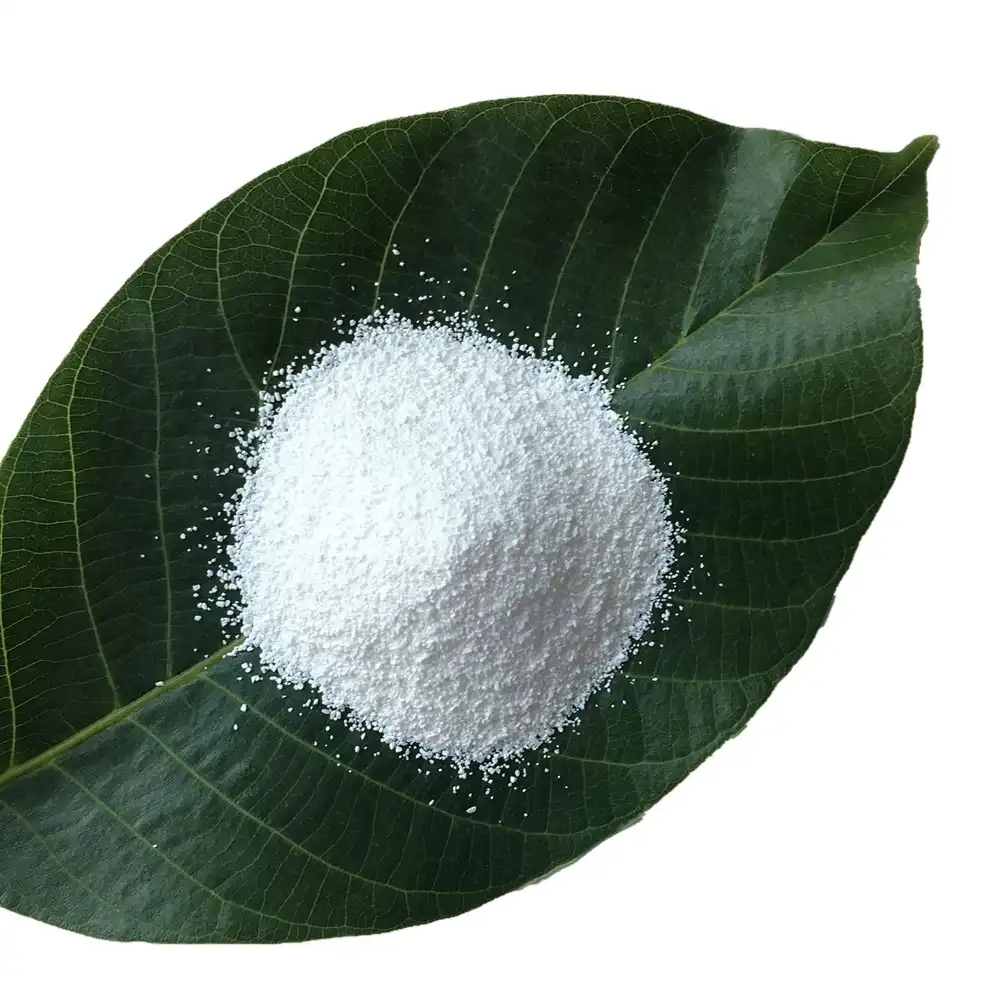Customers often ask about the difference between food-grade granular magnesium oxide and powdered magnesium oxide. Hebei Messi Biology Co., Ltd. briefly introduces the two.
First of all, the difference between granular magnesium oxide and powdered magnesium oxide is in the production process. Generally, there will be no difference in content, heavy metals, calcium, iron and other indicators, and both can meet the requirements of food production. But at the same time, Messi Biology would like to remind everyone to choose a regular magnesium oxide manufacturer with a food production license to ensure product quality.

Secondly, some customers will ask if granular magnesium oxide is a better magnesium oxide? In fact, it is not. The only difference between granular magnesium oxide and powdered magnesium oxide is the different production process. Granular magnesium oxide is magnesium oxide processed by automated granulation equipment, while powdered magnesium oxide is magnesium oxide state after direct calcination of raw materials and mechanical dehydration and drying.
Granular magnesium oxide is more economical to store and transport. After granulation, the bulk density of magnesium oxide will generally increase, which can reduce warehouse capacity and save transportation costs. Secondly, the particles have good fluidity and are easy to manage. Many food-grade magnesium oxide powders with low specific gravity often cause powder to float in the production process, diffuse in the air, and cause environmental pollution. Granular magnesium oxide has good fluidity and rarely produces adhesion. Granular magnesium oxide is the most popular for large-scale food price companies that use automatic feeders.
Generally speaking, the production cost and sales price of granular magnesium oxide are higher than those of powdered magnesium oxide. Therefore, granular magnesium oxide is not a criterion for judging the quality of magnesium oxide, but a different form of magnesium oxide caused by different production processes. There is no better form of magnesium oxide. The majority of food users should produce magnesium oxide that meets their processing needs according to their market needs, product positioning, and magnesium oxide grade requirements.
